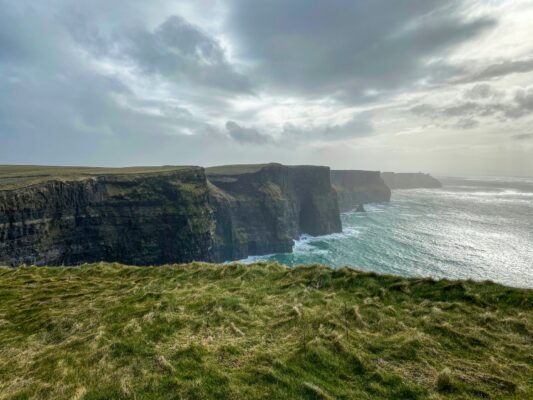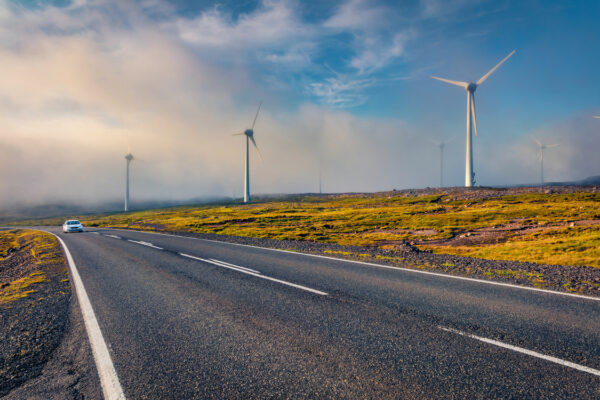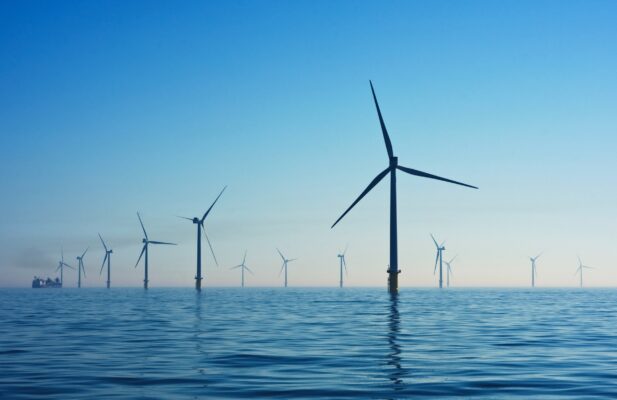The Australian offshore wind market is experiencing rapid development, supporting the country’s ambitious goal to enhance its renewable electricity generation from 29% to 82% by 2030, as a crucial step towards achieving net-zero emissions by 2050. The country has over 4000 GW of offshore wind potential, with more than half in deep water. Currently, there are about 43 publicly announced offshore wind projects in various development stages, with a combined capacity of 86 GW.
State-specific developments
- Victoria: Setting ambitious targets, Victoria aims to generate 9 GW of offshore wind power by 2040. The state has taken a proactive approach, releasing policy papers and implementation statements to foster collaboration and investment in offshore wind.
- New South Wales: NSW has integrated plans for Renewable Energy Zones intended to deliver 12 GW of network capacity. Two of them may include offshore wind projects, though specific offshore wind capacity targets are yet to be announced.
- Western Australia: Committed to achieving net zero emissions by 2050, WA is focusing on renewable hydrogen development, with potential for offshore wind projects still under exploration.
- Tasmania: Having achieved 100% renewable electricity in 2020, Tasmania plans to double its renewable capacity by 2040, with a strong focus on expanding wind energy, including offshore projects.
- South Australia: Aiming for 100% net renewables by 2030, SA is exploring offshore wind potential but has not yet announced specific targets or support mechanisms.
- Queensland: Working towards increasing its renewable energy share, QLD has shown interest in developing an offshore wind farm off the Gold Coast, though formal plans are still in development.
Supply chain assessment
Arup’s study presents a compelling projection for Australia’s offshore wind capacity, estimating that it could reach 40 GW by 2040 in a high-case scenario. Central to this transformation is the role of international collaboration, particularly with the UK. The UK’s support for Australia spans multiple sectors, with a particular focus on the supply of critical products such as inter-array cables and wind turbine blades. This collaboration is further strengthened by the tariff-free trade agreement between the two nations.
While UK suppliers play a vital role, they face challenges in competing with suppliers geographically closer to Australia, especially given the higher labor costs compared to Asian supply chains. However, the UK’s contribution goes beyond the supply of products. They bring expertise and services in engineering design, foundation transportation, installation contracting, offshore grouting, and operations and maintenance. In addition, the UK’s leadership in research and development promises technological advances. These innovations could be in areas such as future fuel tank design, low carbon manufacturing processes, floating offshore wind technologies, and advanced project decision support tools.
Blowing in the right direction
Arup’s report underscores the vast potential of Australia’s offshore wind market. With strategic planning, international cooperation, and targeted investment, Australia is well-positioned to become a leader in renewable energy, significantly contributing to global sustainability efforts.
If you want to know more about Australia’s offshore wind market and delve deeper into the insights provided by this comprehensive study, have a look at the full report here: Australian Offshore Wind Market Study.



